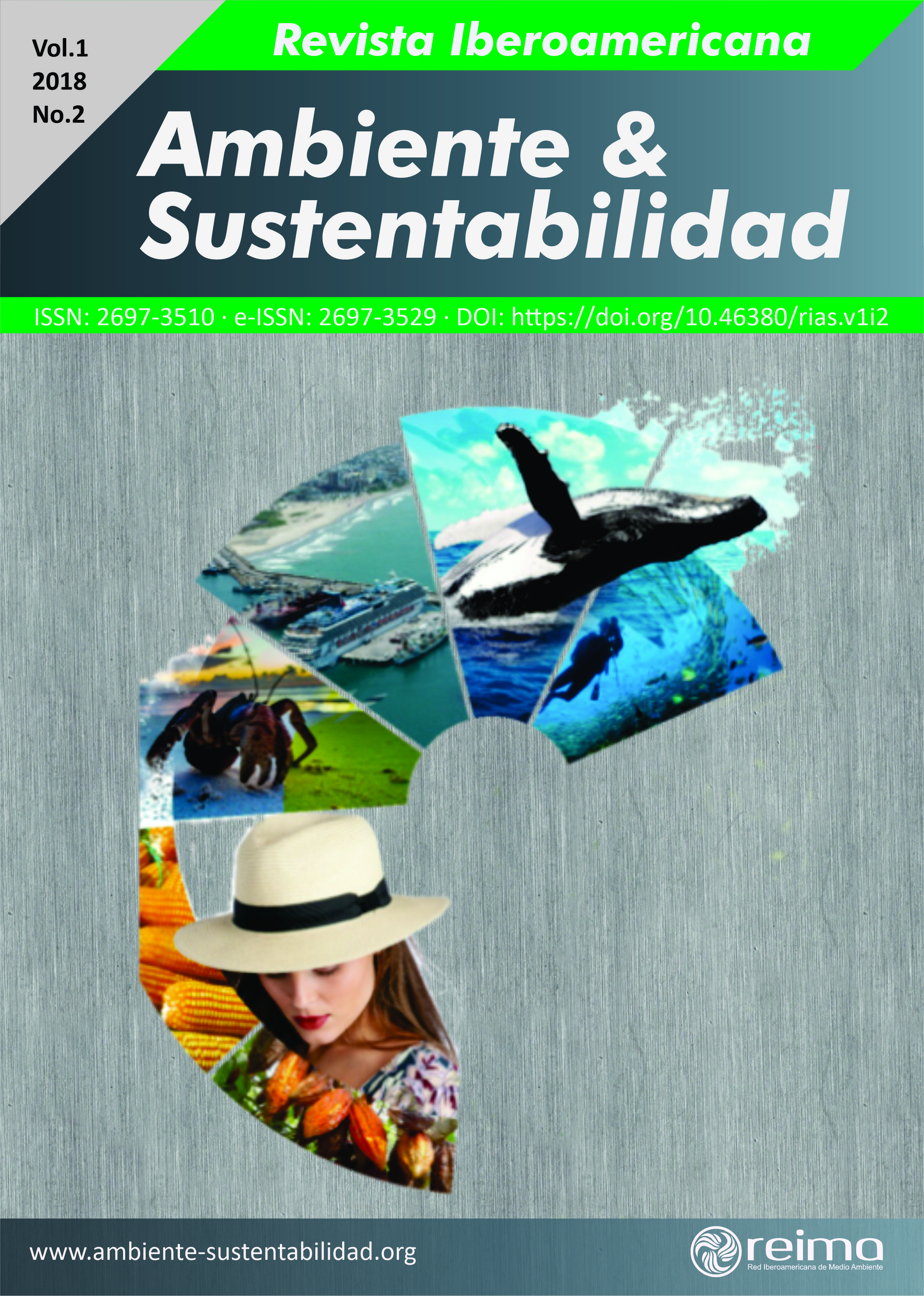Gender and environment: A binomial that imposes challenges in post of sustainable development.
DOI:
https://doi.org/10.46380/rias.v1i2.25Keywords:
action plan, environmental education, gender, university educationAbstract
This research aims to design an action plan to mainstream the gender approach in the Environmental Education Strategy of the "Enrique José Varona" University of Pedagogical Sciences (UCPEJV). For this, a series of goals and actions will be proposed that will imply a logical, interconnected and coherent inclusion of the gender perspective in the process of design and implementation of actions that promote the conservation of the environment. Its usefulness lies in its contribution to pedagogical theory in the training of teachers based on conceptualization, the determination of theoretical-methodological references for understanding the gender-environment link for a sustainable development. As well as the proposal of thematic axes that may be addressed by the teaching staff, taking into account the content system of the subjects they teach; this will allow eliminating the biological positions with which the topic is approached and integrating the psychological, pedagogical and social components. Likewise, it will allow conceiving and guiding the pedagogical process in the university itself from a school dynamic, which produces a dialectical relationship between activity and communication through the direct link of each of the participants on the basis of respect for differences, equity and responsibility.
Downloads
Metrics
References
Asamblea General de las Naciones Unidas. (1987). Informe Brundtland. Comisión Mundial para el Medio Ambiente y el Desarrollo. https://cutt.ly/2ybMeqc
Centro de Estudios de Educación Ambiental. (1995-2016). Informes anuales, actas de reuniones, diagnósticos y percepciones ambientales. [no publicado]. Gabinete Gea.
Centro de Estudios de Educación Ambiental. (2016). Estrategia de Educación Ambiental de la Universidad de Ciencias Pedagógicas «Enrique José Varona» [no publicado]. Gabinete Gea.
González, A. (1998). Una Pedagogía de la Diversidad y la Equidad. Revista Varona, (26-27), enero–diciembre. La Habana, Cuba.
González, A. y Castellanos, B. (1995). Sexualidad y Géneros: alternativas para su educación antes los retos del siglo XXI. Editorial Científico- técnica.
Hannan, C. (2002, 5 y 6 de septiembre). Thirty-fourth meeting of the Presiding Officers of the Regional Conference on Women in Latin America and the Caribbean [discurso]. Division for the Advancement of Women United Nations Department of Economic and Social Affairs, Santiago de Chile. https://www.cepal.org/sites/default/files/events/files/discursocarolyn_hannan.pdf
Ley No. 81. (1997, 11 de julio). Ley de Medio Ambiente. Gaceta Oficial de la República de Cuba No. 7. http://www.oas.org/dsd/fida/laws/legislation/cuba/cuba_81-97.pdf
Ministerio de Ciencia, Tecnología y Medio Ambiente. (2016a). Estrategia Ambiental Nacional 2016-2020. Centro de Información, Divulgación y Educación Ambiental. https://cutt.ly/8yb3UHT
Ministerio de Ciencia, Tecnología y Medio Ambiente. (2016b). Programa Nacional de Educación Ambiental para el desarrollo sostenible 2016-2020. Centro de Información, Divulgación y Educación Ambiental. https://cutt.ly/2ybM3jN
Programa de las Naciones Unidas para el Medio Ambiente. (1994). Formación Ambiental. Órgano informativo de las redes de formación ambiental para América Latina y el Caribe, 5 (11).
Rodríguez, M. (2006). Estrategia pedagógica para la educación con perspectiva de género. [Tesis de doctorado no publicada]. Instituto Superior Pedagógico «Enrique José Varona», Cuba.
Rodríguez, M. (2010). Género y Educación. Apuntes teóricos en la construcción de la sexualidad y los géneros en tiempos de cambio. Género y educación. Editorial Selvi Artes Gráficas.
Scott J. y de Barbieri, T. (1999). Guía de educación familiar y sexual para docentes de tercer ciclo de la educación primaria de menores. Editorial UNFPA
Downloads
Published
How to Cite
Issue
Section
License
Copyright (c) 2018 Yaneisy Cisneros Ricardo

This work is licensed under a Creative Commons Attribution-NonCommercial-ShareAlike 4.0 International License.
This work is licensed under a Creative Commons Attribution-NonCommercial-ShareAlike 4.0 International License (CC BY-NC-SA 4.0)
© This license allows users to distribute, remix, adapt, and build upon the material in any medium or format, provided that attribution is granted to the creator.














